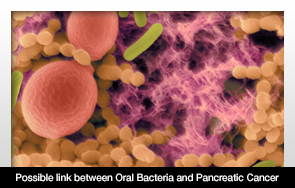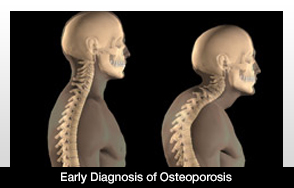Written by Dentistry TodayWednesday, 19 September 2012 15:14

An infectious oral bacterium may be a sign for pancreatic cancer.
According to a new study, researchers claim that people who have high levels of antibodies for an infectious oral bacterium ended up having double the risk for developing pancreatic cancer. If a person has high antibody levels for harmless oral bacteria, there’s a reduced risk of cancer.
This study pinpoints the association between antibodies for multiple oral bacteria and the risk of pancreatic cancer.
The study comes from data involving more than 800 Europeans adults. It was published in the journal Gut.
The data explored the fact that higher antibody levels for at least one of the more infectious strains of bacteria meant a two-fold risk for pancreatic cancer. Conversely, there’s a 45 percent lower risk when there are high levels of antibodies for harmless bacteria.
This could be pivotal information, according to one of the paper’s authors, Brown University epidemiologist Dominique Michaud.
Pancreatic cancer causes 40,000 deaths each year in the United States. It’s difficult to detect and kills most patients within six months after diagnosis.

